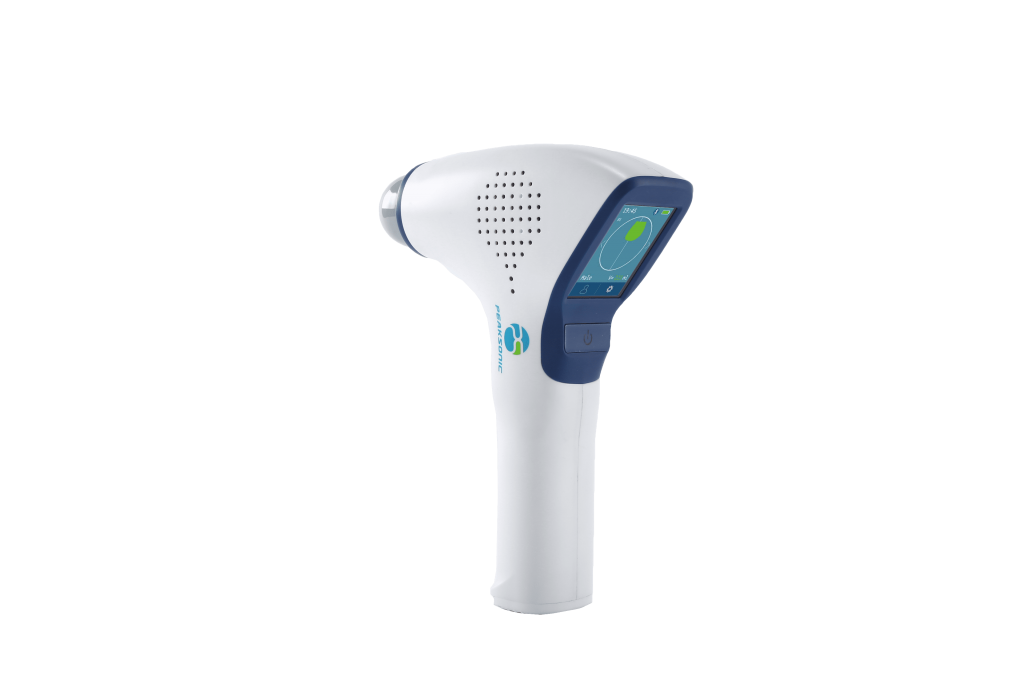Handheld bladder scanners have revolutionized the way urologists assess bladder function, offering a non-invasive and accurate method for measuring post-void residual urine (PVR). This essential measurement plays a pivotal role in the early detection and prevention of urinary tract infections (UTIs).
The Link Between PVR and Infection
The connection between PVR and UTIs is well-established. When urine is retained in the bladder, it creates a breeding ground for bacteria. These microorganisms can rapidly multiply, leading to infection. By accurately measuring PVR, handheld bladder scanners provide urologists with a valuable indicator of a patient's risk for UTI development.
Benefits of Handheld Bladder Scanners
- Portability and Convenience: Handheld bladder scanners are highly portable and easy to use, making them ideal for use in various clinical settings, including outpatient clinics, emergency departments, and home care settings. This portability allows for convenient and timely assessment of bladder function, even in remote or resource-limited areas.
- Non-invasive: Unlike invasive methods such as cystometry, handheld bladder scanners do not require the insertion of a catheter, making them more comfortable for patients and reducing the risk of infection.
- Accuracy: Handheld bladder scanners offer accurate and reliable measurements of PVR, providing urologists with the information needed to make informed clinical decisions.
- Efficiency: The scanning process is quick and easy to perform, allowing for efficient assessment of bladder function and timely intervention.
- Cost-effective: Handheld bladder scanners are relatively inexpensive and can help to reduce healthcare costs by preventing UTIs and associated complications.
Clinical Applications
Handheld bladder scanners have broad clinical applications in urology, including:
- Post-void Residual Measurement: This is the most common use of handheld bladder scanners, providing information about bladder emptying after urination.
- Neurogenic Bladder Evaluation: In patients with neurogenic bladder, handheld bladder scanners can help assess bladder function and guide treatment decisions.
- Post-Surgical Monitoring: After urological procedures, handheld bladder scanners can be used to monitor bladder emptying and identify any complications.
- Evaluation of Urinary Retention: Handheld bladder scanners are essential for diagnosing and managing urinary retention, a condition that can lead to UTIs and other complications.
Improving Infection Prevention
By accurately measuring PVR, handheld bladder scanners can help to improve infection prevention in several ways:
- Early Detection of Risk Factors: Handheld bladder scanners allow for the timely identification of patients with high PVR, indicating a potential risk for UTIs. This early detection enables urologists to implement preventive measures, such as increasing fluid intake, medications, or even catheterization if necessary.
- Monitoring Treatment Effectiveness: In patients with recurrent UTIs, handheld bladder scanners can be used to monitor the effectiveness of treatment. By tracking changes in PVR over time, urologists can assess whether interventions are improving bladder emptying and reducing the risk of infection.
- Preventing Catheter-Associated UTIs (CAUTIs): Catheterization is a significant risk factor for UTIs. Handheld bladder scanners can help reduce the need for unnecessary catheterization by providing accurate information about bladder emptying. This, in turn, helps to prevent CAUTIs, a common and costly healthcare-associated infection.
In conclusion, handheld bladder scanners are a valuable tool for urologists in the detection and prevention of UTIs. By accurately measuring PVR and identifying patients at risk, these devices can help to improve patient outcomes and reduce the burden of UTIs on healthcare systems.
Click here to learn more about our bladder scanners.



